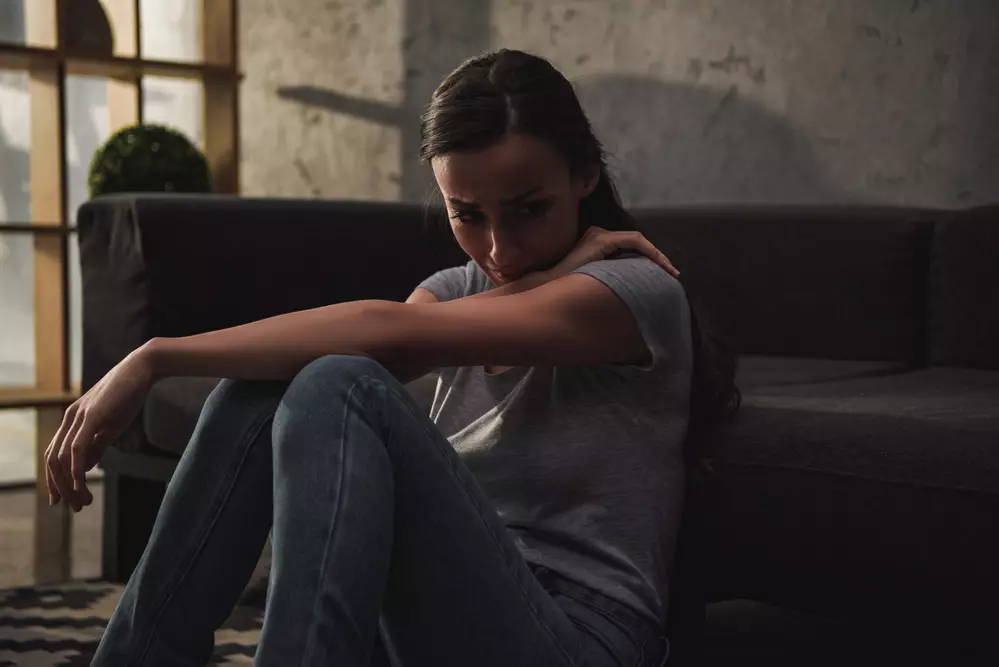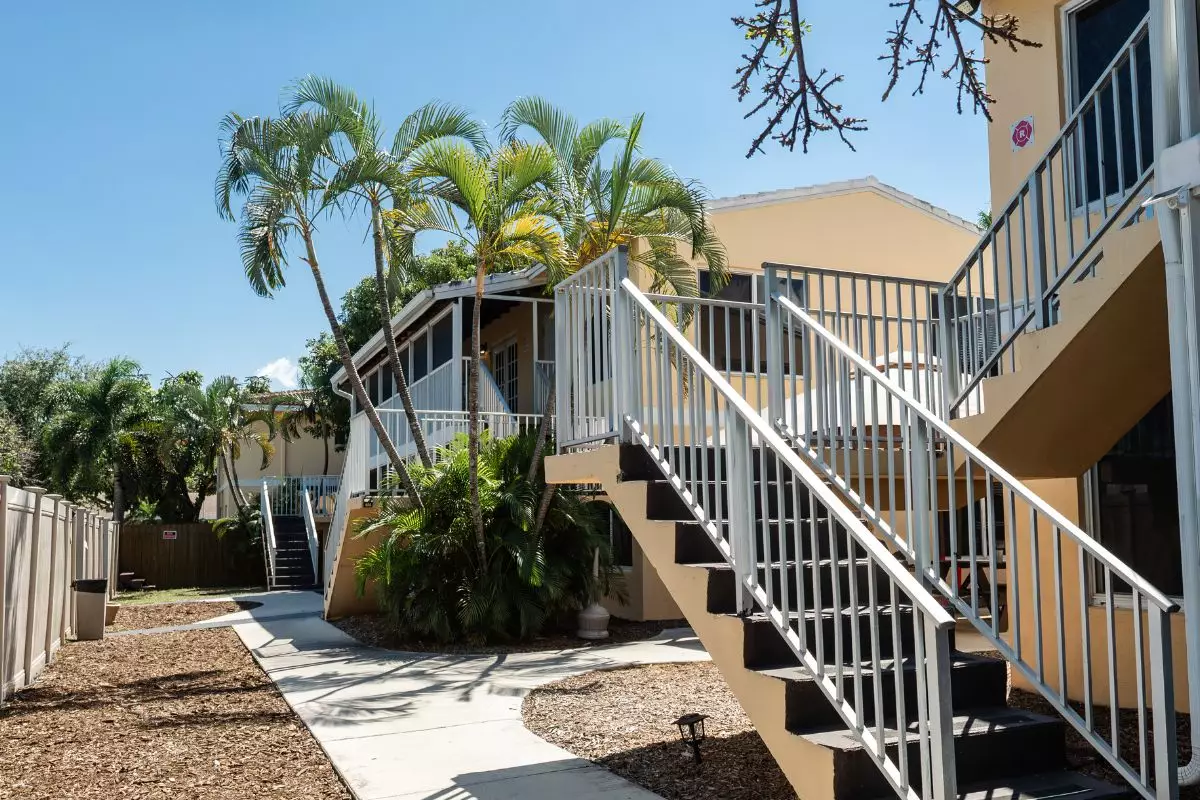One of the biggest risks people take when they use and abuse drugs and alcohol is the risk of overdosing. An overdose occurs when someone ingests too much of a substance and the result causes the body to essentially shut down. While in the past, suffering from an overdose was basically a death sentence, thanks to advancements in modern medicine and science, there are now products that exist that can reverse the effects of an opioid overdose. One of the most popular, and widely accessible, of those products in Naloxone. In this blog, we will take a look at what exactly Naloxone is, how it can be obtained, and how it has been used to save thousands of people from dying as a result of an overdose.
What Are the Signs of an Overdose?
Before we talk more about Naloxone, it’s important to know what to look for in order to properly identify an overdose. As we mentioned in the intro, an overdose occurs when too much a substance is ingested and as a result, it prevents the proper amount of oxygen from reaching the vital organs. When that happens, the body will begin to shut down. It is important to look for the following signs when identifying an overdose:
- The person’s face feels clammy or has lost color
- Lips and fingertips have turned blue
- The person is non-responsive to either their name or a firm sternum rub
- Slow or erratic breathing or even no breathing at all
- Deep snoring or a gurgling sound is coming from the person
- A slow or even stopped heartbeat
If you see someone experiencing an overdose, it is important to immediately call 911 before beginning any potentially life-saving processes such as CPR or even Naloxone application. It is also important to know that an overdose can occur in as quickly as 20 minutes after the ingestion of a substance but can also take as long as 2 hours to occur.
What Is Naloxone?
Naloxone is a medication that works to reverse the effects of an opioid overdose. It attaches to opioid receptors in the brain and reverses the effects of the opioids that the person who is overdosing ingested. Naloxone quickly restores normal breathing to a person that is either experiencing shortening of breath or has stopped breathing altogether. Since Naloxone attaches to opioid receptors, it can only reverse an overdose that is caused by an opioid such as heroin, fentanyl, codeine, morphine, hydrocodone, and oxycodone, among others.
How Exactly Does Naloxone Work?
Since Naloxone reverses the effects of an opioid-related overdose, it attaches itself to opioid receptors in the brain, essentially blocking them from being able to be accessed by the opioid that had been ingested into the system. In fact, Naloxone is so strong that it will overpower the opioid and essentially remove it from the receptor. There are 4 main areas of the body where opioid receptors can be found. Those 4 places are:
- Brain
- Brainstem
- Spinal cord
- Gastrointestinal tract
Naloxone targets the opioid receptors in all four areas in order to help reverse the effects of an overdose. It does not, however, completely wipe the body clean of all opioids. As a result, after Naloxone is applied there might be withdrawal symptoms that arise. That’s why, even with the use of Naloxone, it is vital to call 911 at the first sign of an overdose. While Naloxone will help reverse the worst effects of an overdose, medical attention will still be needed to be provided in order to increase the chances of a full and complete recovery.
In 2017, opioid overdose killed 47,600 people. But with medical attention and the help of technologies and resources such as Naloxone, these numbers can continue to decrease.
How Do People Administer Naloxone?
There are multiple different ways to administer Naloxone to someone who is experiencing an opioid-related overdose. The FDA has proved three forms of intake. Those 3 forms are:
- Injectable
- Auto-injectable
- Prepackaged nasal spray
It is important to remember that when administering Naloxone, the person doing so should be trained on how to administer it. Let’s take a deeper look at the 3 different ways that Naloxone can be administered.
Injectable – When it comes to an injectable form of Naloxone, there are several different companies that offer it. The proper dosage is drawn from a vial and is typically injected via a needle into the muscle. In some cases, the injection can be made either under the skin or even directly into a vein.
Auto-Injectable – This method is most popular for those who are non-medical personnel. Similar to an automated defibrillator, auto-injectable Naloxone provides instructions on how to use the device and safely administer the Naloxone.
Prepackaged Nasal Spray – For those who prefer a non-needle method of application, the FDA developed a prefilled, needle-free nasal spray that requires no assembly and can be sprayed directly into the nostril of the person suffering from the overdose. This is another popular option amongst those that aren’t medically trained.
Can A Non-Medically Trained Person Administer Naloxone?
The short answer to this is yes. While it is recommended that anyone giving Naloxone to an overdose victim be properly trained in how to do so, it is not a requirement. You can keep Naloxone either on your person or in your home in order to administer in an emergency situation. For those that have a family member or loved one that suffers from an opioid problem, keeping Naloxone around could possibly save his or her life should they suffer from an overdose. It’s important to remember that, even if you have Naloxone around, it is still vital to call 911 the moment the overdose begins or as soon as you realize an overdose is occurring. After calling 911, you can then begin to administer the Naloxone while waiting for emergency personnel to arrive.
Where Can You Get Naloxone?
While more and more emergency personnel are keeping Naloxone on them in order to administer in the event on an opioid overdose call, many people prefer to keep their own around their house, especially if they live with someone who suffers from an opioid addiction. As more and more states approve the selling of Naloxone over the counter, more and more pharmacies are beginning to carry it. Each state is different, so it is important to know the regulations in the state where you live. Some states offer it over-the-counter, while others require a doctor’s prescription in order to obtain it. Here in Florida, individuals can obtain Naloxone without a prescription and in many cases can be available at no cost, even without insurance.
Is There Anything Else I Need to Know About Naloxone?
While Naloxone does work in reversing an opioid overdose, it does not act as a permanent reversal. That is why it is vital that you call 911 right away at the first sign of an overdose. Naloxone only reverses the overdose for 30 to 90 minutes and since many opioids remain in the body much longer than that, it is only one component of the overdose reversal process. In extreme cases, multiple doses of Naloxone may be necessary. This may be the case especially in situations where the overdose was brought on by a particularly strong opioid.
After Naloxone is administered, many people will experience withdrawal symptoms. In some cases, those symptoms can occur within just as little as a few minutes after the Naloxone has been administered. That is just one more reason why it is imperative to call 911 as soon as possible when an overdose occurs. Just like when going through withdrawal symptoms at a treatment center or hospital, it is important to be under medical supervision during the withdrawal process. Common withdrawal symptoms include:
- Change in blood pressure
- Headache
- Rapid heart rate
- Nausea
- Vomiting
- Sweating
- Tremors
While the side effects of Naloxone are not typically life threatening and are rare, they can exist. Some reported side effects of Naloxone include:
- Stomach cramps
- Body aches
- Diarrhea
- Convulsions
- Severe mood swings
- Change in heartbeat
- Difficulty breathing
- Nausea
- Vomiting
- Sweating
- Weakness
Want to Know More About Naloxone for an Overdose?
While Naloxone can be a great tool to help reverse the effects of an opioid related overdose, it does not help someone live a clean and sober life. If you or someone you know has experienced an overdose of any kind or find yourself abusing drugs or alcohol it’s important to get the help you need before it’s too late. At 1st Step Behavioral Health, we offer a variety of different treatment programs to help those in need get on the path to recovery. Contact us to learn more about the programs we offer and how you can start living and clean and sober life today.
Jump to a Section
Call (855) 425-4846
